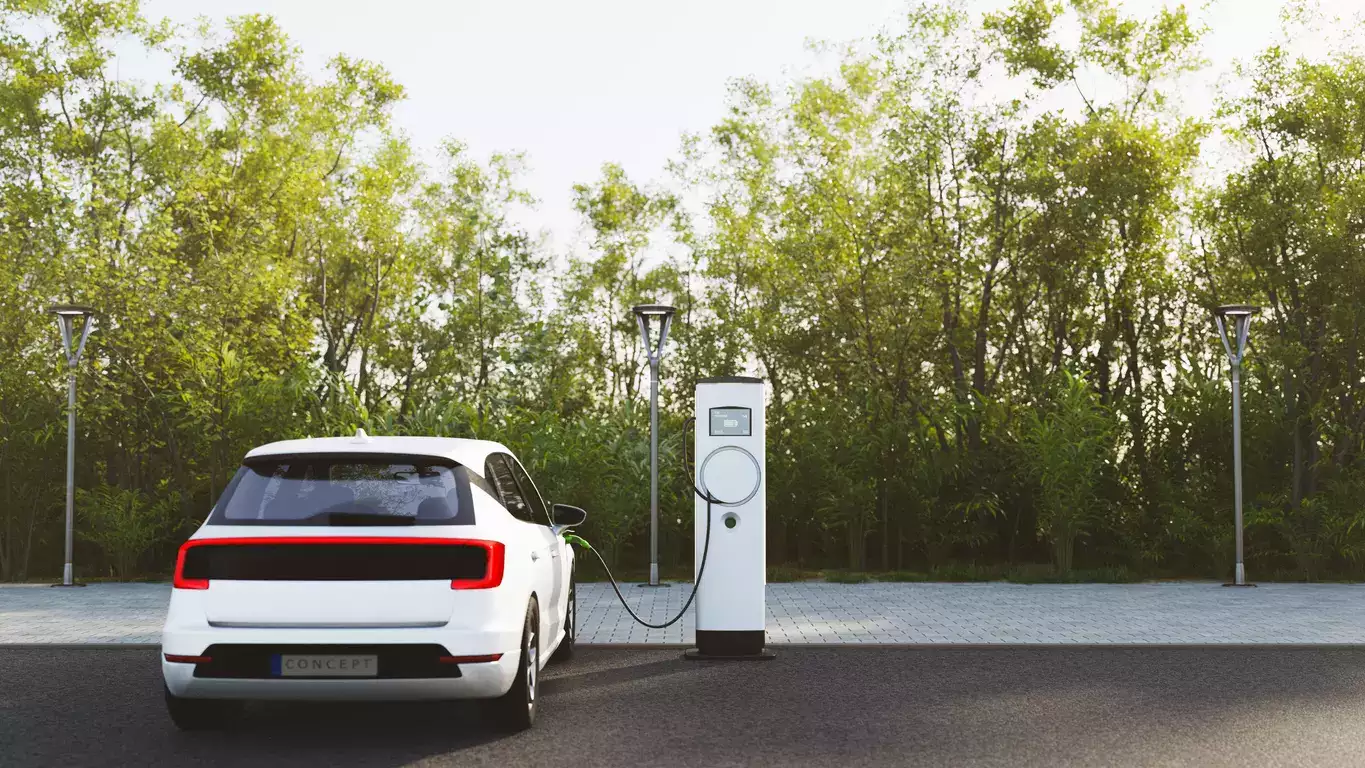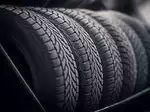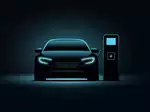Battling air pollution by switching to clean mobility solutions

Every year, India's northern states, in particular, battle hazardous air during the winter months of October to January due to plummeting temperatures, smoke, dust, low wind speed, vehicular emissions and crop stubble burning. This has led to air pollution levels in the national capital to soar a record high of 1,500 on the AQI in a single day, this year, according to tech company IQAir, which is 15 times the level the WHO considers satisfactory for breathing. Not just New Delhi, 39 of world’s 100 most polluted cities are from India. The major concern is particulate pollution that has seen a significant rise over the years.
Between 1998 and 2021, average annual particulate pollution in India increased by 67.7%, leading to a reduction in average life expectancy by 2.3 years. The average annual concentrations of PM2.5 in recent years are so high that 521.2 million people or about 38.9% of the current population can lose eight years of life, highlighting the adverse effect of pollution on the health of citizens. One of the major pollutants are vehicular emissions and aging vehicles with traditional technologies. While the government’s push towards replacing old and unfit cars and commercial vehicles, through the progressive Vehicle Scrappage Policy is a pragmatic step, a major move in improving the environmental crisis can be the active adoption of electric vehicles.
As per a S&P study, there is growing traffic congestion in major Indian cities with Mumbai topping the list with 430 cars per kilometre. Switching to EVs can decrease the load on air pollution due to reducing average vehicle speed in these highly congested cities. EVs are new-age vehicles that eliminate any possibility of pollutant emissions, thereby considerably alleviating the core causes of air pollution. In addition, the transition to EVs can decrease imports of fossil fuel substantially, significantly easing the country’s cash outflow.
In terms of benefits to consumers as well, compared to conventional vehicles, EVs are more cost-efficient when it comes to running cost. The average cost per kilometer of EVs is lower than that of a conventional vehicle. Most of this is due to the fact that electric motors have a better conversion rate of energy into motion than internal combustion engines which dissipates a lot of energy in form of heat.
Additionally, EVs have very low maintenance costs because they don’t have as many moving parts as an internal combustion vehicle. The servicing requirements for electric vehicles are lesser than the conventional petrol or diesel vehicles. Therefore, the yearly cost of running an electric vehicle is significantly low, which is a win-win scenario for the consumers and the environment.
For war against pollution, collective action from government, corporate India, and citizens is the need of the hour. As India aims for cleaner means of transportation, campaigns that raise awareness on the importance of EVs to the people can greatly assist in changing consumer behaviour. There is a need for co-operation among auto manufacturers, and technologists to address key concerns, which are incremental acquisition cost, resale value, range anxiety, battery life, and charging infrastructure. The relentless pursuit for innovation, collaboratively, in EV technologies has led to various industry-first introductions, positively addressing these concerns/myths. However, these solutions are still in the nascent stage, and it is important for all the stakeholders to work cohesively in creating a robust framework with the right-set of solutions.
If India could bring particulate pollution down to the WHO's recommended levels, the impact would be profound. For example, according to India Fact Sheet by AQLI, in New Delhi, residents could see a staggering increase in life expectancy of 11.9 years. Given the commitment to comprehensive policies, incentives and infrastructure development, India presents an exceptional platform to become the global frontrunner in the EV revolution. Powering sustainable mobility solutions is no longer a vision of future, it is the requirement of today to pave a cleaner and healthier India for everyone in the society.

